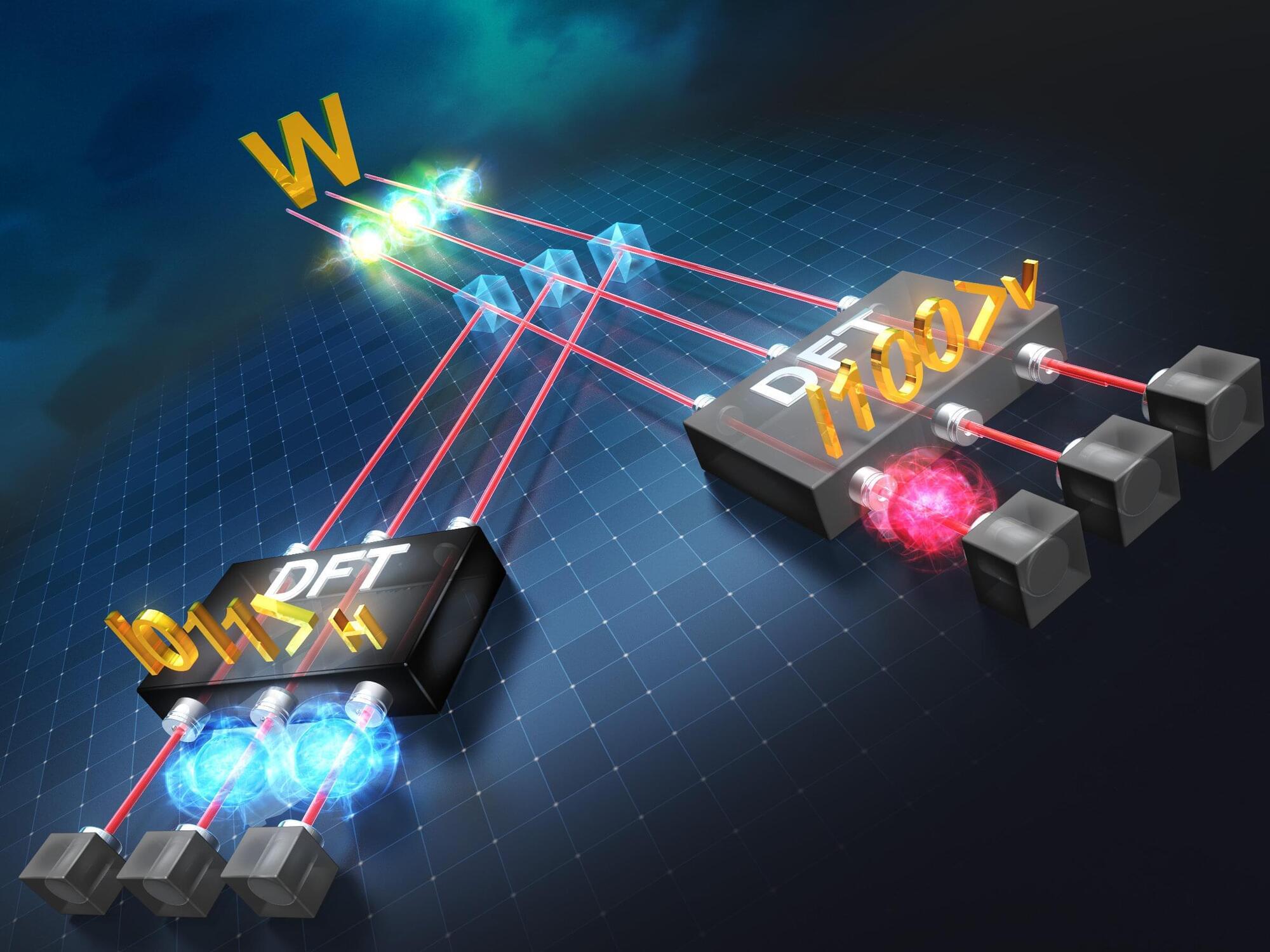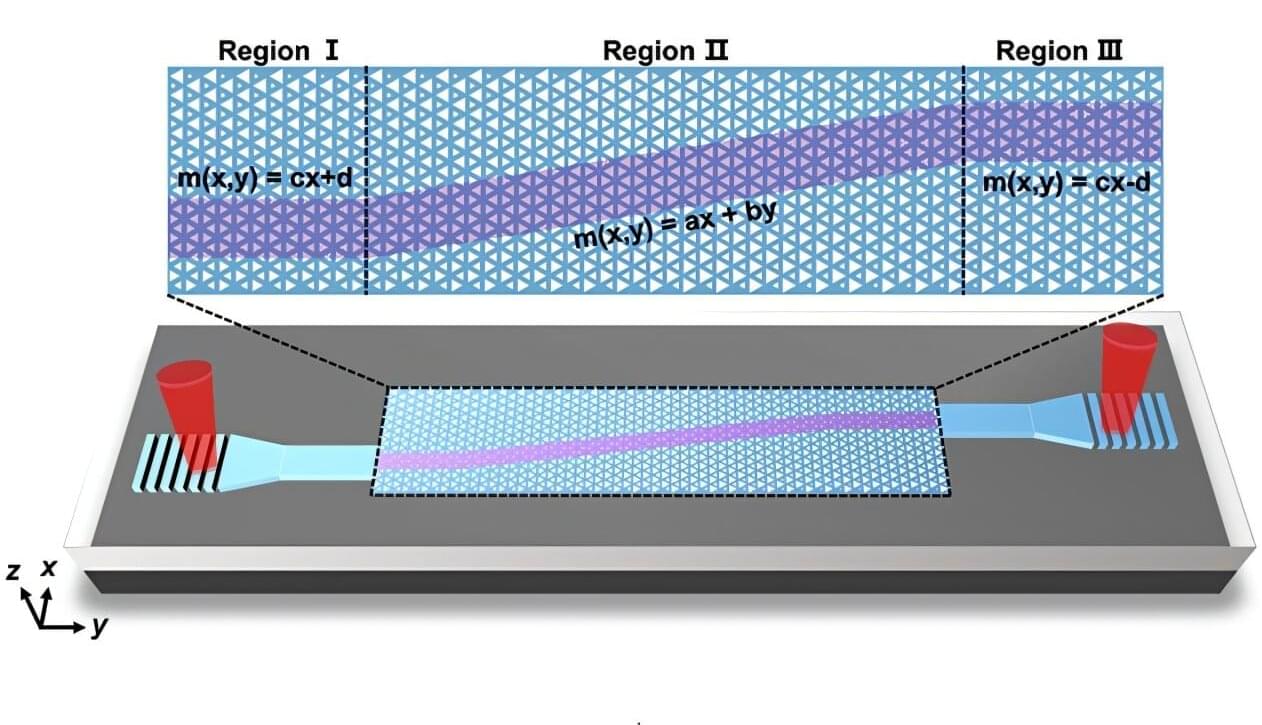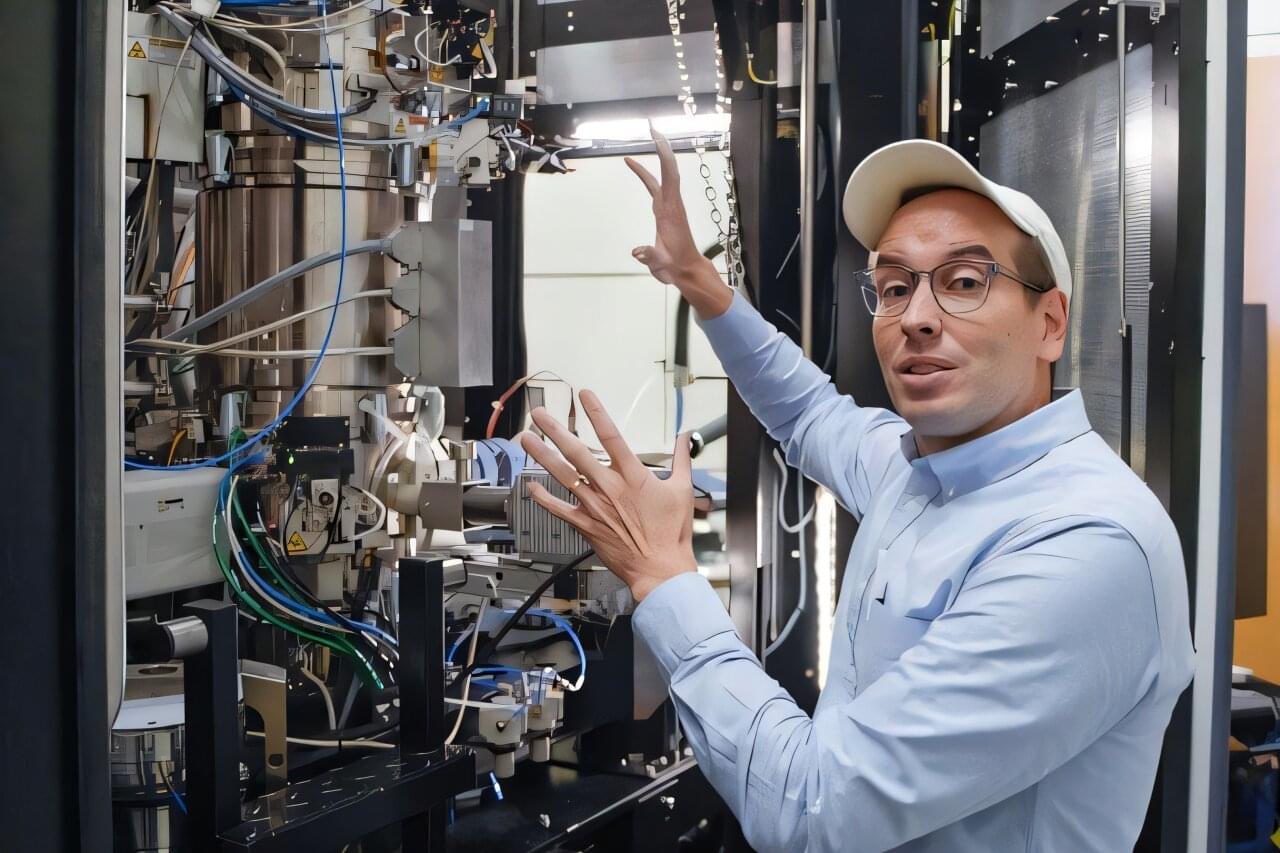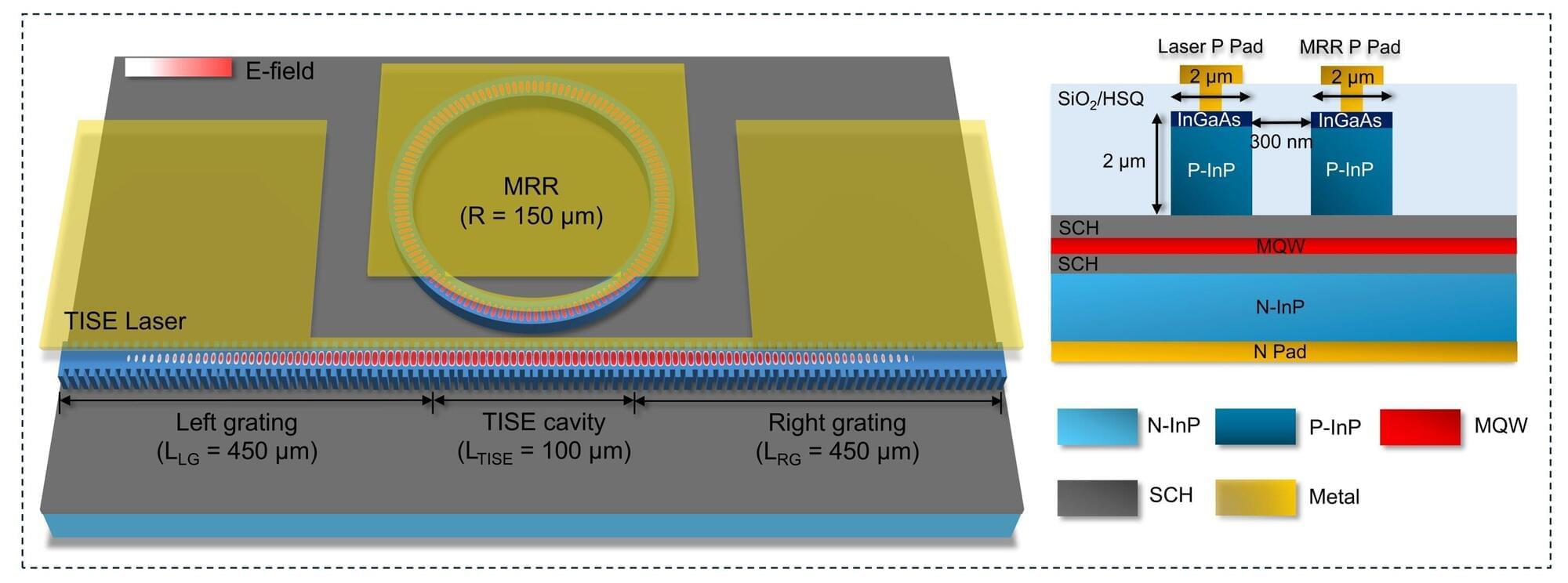Researchers could use quantum effects to develop new types of medical imaging inside cells themselves.



The concept of quantum entanglement is emblematic of the gap between classical and quantum physics. Referring to a situation in which it is impossible to describe the physics of each photon separately, this key characteristic of quantum mechanics defies the classical expectation that each particle should have a reality of its own, which gravely concerned Einstein.
Understanding the potential of this concept is essential for the realization of powerful new quantum technologies.
Developing such technologies will require the ability to freely generate a multi–photon quantum entangled state, and then to efficiently identify what kind of entangled state is present. However, when performing conventional quantum tomography, a method commonly used for state estimation, the number of measurements required grows exponentially with the number of photons, posing a significant data collection problem.

The world of quantum physics is already mysterious, but what happens when that strange realm of subatomic particles is put under immense pressure? Observing quantum effects under pressure has proven difficult for a simple reason: Designing sensors that can withstand extreme forces is challenging.
In a significant advance, a team led by physicists at WashU has created quantum sensors in an unbreakable sheet of crystallized boron nitride. The sensors can measure stress and magnetism in materials under pressure that exceeds 30,000 times the pressure of the atmosphere.
“We’re the first ones to develop this sort of high-pressure sensor,” said Chong Zu, an assistant professor of physics in Arts & Sciences and a member of Washington University in St. Louis’ Center for Quantum Leaps. “It could have a wide range of applications in fields ranging from quantum technology, material science, to astronomy and geology.”

Electrons in a magnetic field can display striking behaviors, from the formation of discrete energy levels to the quantum Hall effect. These discoveries have shaped our understanding of quantum materials and topological phases of matter. Light, however, is made of neutral particles and does not naturally respond to magnetic fields in the same way. This has limited the ability of researchers to reproduce such effects in optical systems, particularly at the high frequencies used in modern communications.
To address this challenge, researchers from Shanghai Jiao Tong University and Sun Yat-Sen University have developed a method for generating pseudomagnetic fields—synthetic fields that mimic the influence of real magnetic fields—inside nanostructured materials known as photonic crystals.
Unlike previous demonstrations, which focused on specific effects such as photonic Landau levels, the new approach allows arbitrary control of how light flows within the material. Their research is published in Advanced Photonics.

A new specimen holder gives scientists more control over ultra-cold temperatures, enabling the study of how materials acquire properties useful in quantum computers.
Scientists can now reliably chill specimens near absolute zero for over 10 hours while taking images resolved to the level of individual atoms with an electron microscope. The new capability comes from a liquid-helium-cooled sample holder designed by a team of scientists and engineers at the University of Michigan and Harvard University.
Conventional instruments can usually maintain such an extreme temperature, about-423 degrees Fahrenheit or 20 degrees above absolute zero, for a few minutes, capping out at a few hours. But longer periods of time are needed to take atomic-resolution images of candidate materials for advanced technologies.

A new study addresses a foundational problem in the theory of driven quantum matter by extending the Středa formula to non-equilibrium regimes. It demonstrates that a superficially trivial “sum of zeros” encodes a universal, quantized magnetic response—one that is intrinsically topological and uniquely emergent under non-equilibrium driving conditions.
Imagine a strange material being rhythmically pushed—tapped again and again by invisible hands. These are periodically driven quantum systems, or Floquet systems, where energy is no longer conserved in the usual sense. Instead, physicists speak of quasienergy—a looping spectrum with no clear start or end.
When scientists measure how such a system responds to a magnetic field, every single contribution seems to vanish—like adding an infinite list of zeros. And yet, the total stubbornly comes out finite, quantized, and very real.

Researchers at Hiroshima University have developed a realistic, highly sensitive method to detect the Unruh effect—a long-predicted phenomenon at the crossroads of relativity and quantum theory. Their novel approach opens new possibilities for exploring fundamental physics and for developing advanced technologies.
The work is published in Physical Review Letters on July 23, 2025.
The Fulling-Davies-Unruh effect, or simply the Unruh effect, is a striking theoretical prediction at the profound intersection of Albert Einstein’s Theory of Relativity and Quantum Theory.

A new nanostructure acts like a wire and switch that can, for the first time, control and direct the flow of quantum quasiparticles called excitons at room temperature.
The transistor-like switch developed by University of Michigan engineers could speed up information transfer or even enable circuits that run on excitons instead of electricity—paving the way for a new class of devices.
Because they have no electrical charge, excitons have the potential to move quantum information without the losses that come with moving electrically charged particles like electrons. These losses drive cell phones and computers to generate heat during use.

A record-breaking development in laser technology could help support the development of smaller, cheaper, more easily-fabricated optical and quantum technologies, its inventors say.
Researchers from the University of Glasgow have designed and built a narrow-linewidth laser on a single, fully integrated microchip that achieves the best performance ever recorded in semiconductor lasers of its type.
It could help overcome many of the barriers which have prevented previous generations of this type of monolithic semiconductor laser technology from being more widely adopted.

A newly discovered set of mathematical equations describes how to turn any sequence of random events into a clock, scientists at King’s College London reveal. The paper is published in the journal Physical Review X.
The researchers suggest that these formulas could help to understand how cells in our bodies measure time and to detect the effects of quantum mechanics in the wider world.
Studying these timekeeping processes could have far-reaching implications, helping us to understand proteins with rhythmic movements which malfunction in motor neuron disease or chemical receptors that cells use to detect harmful toxins.